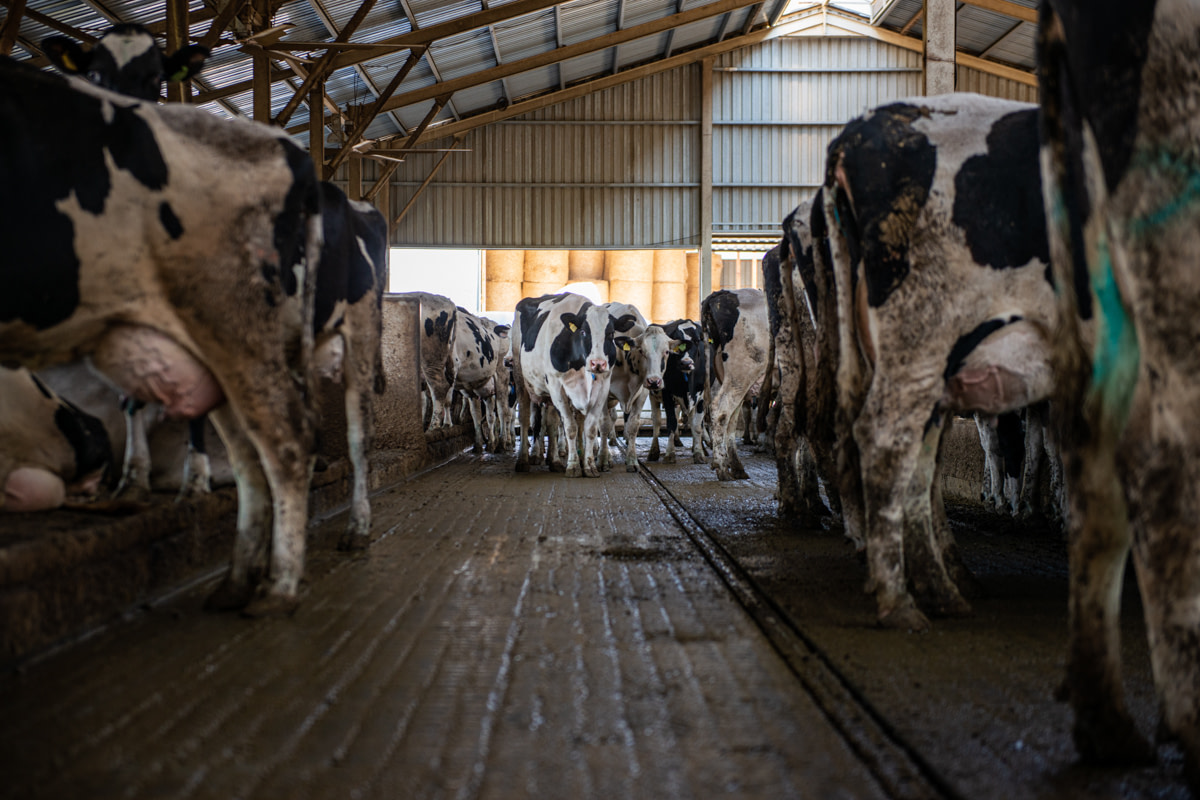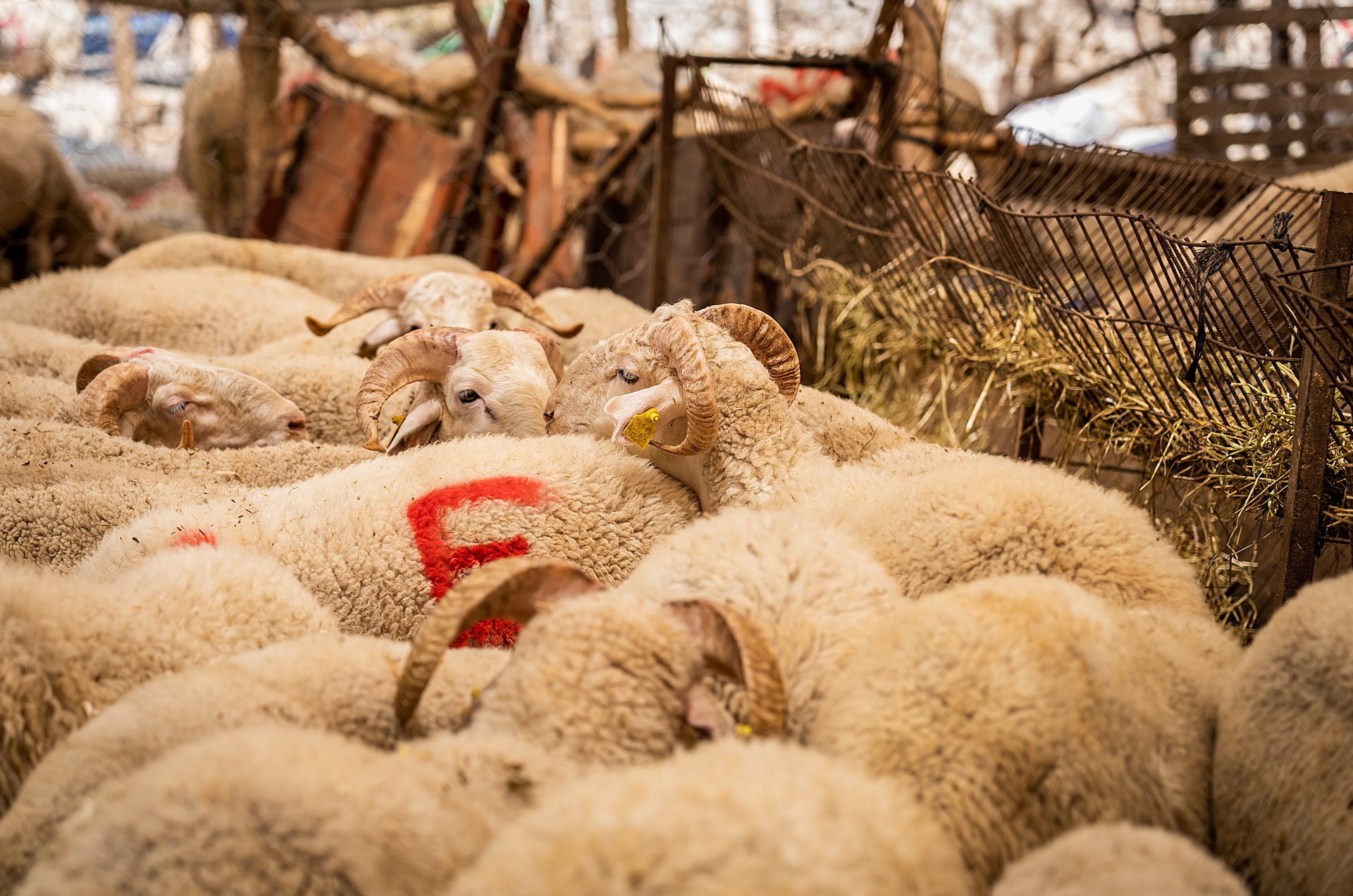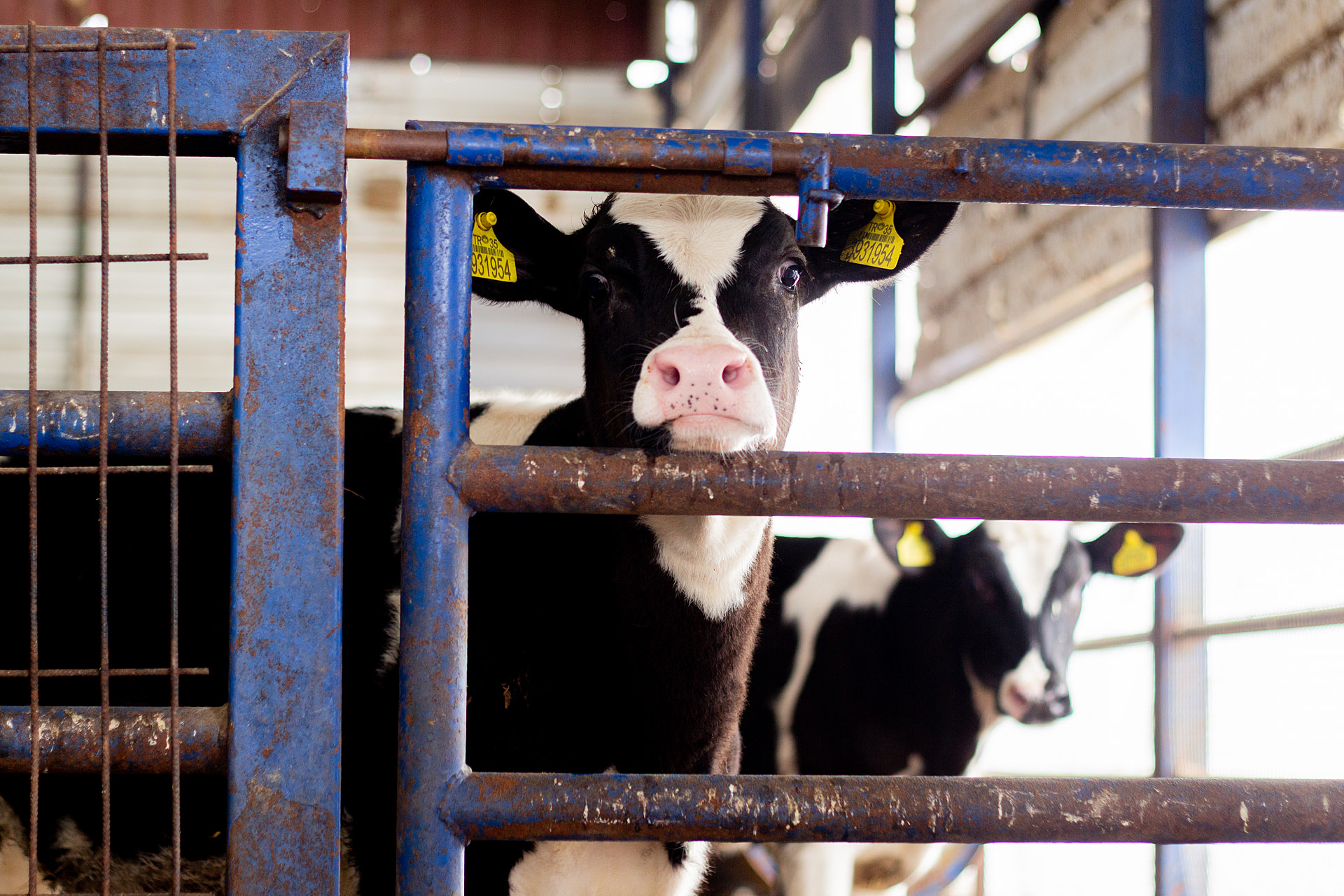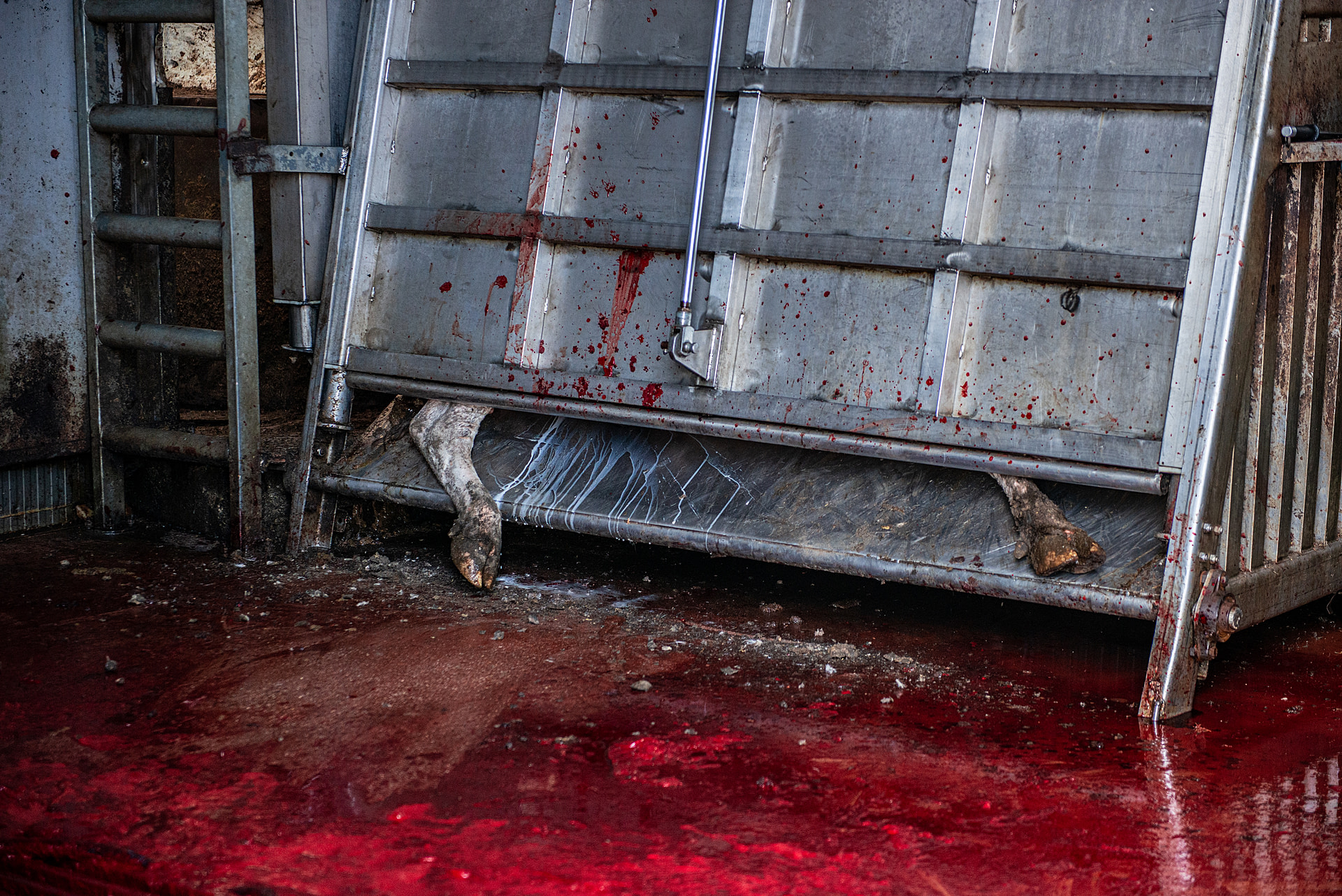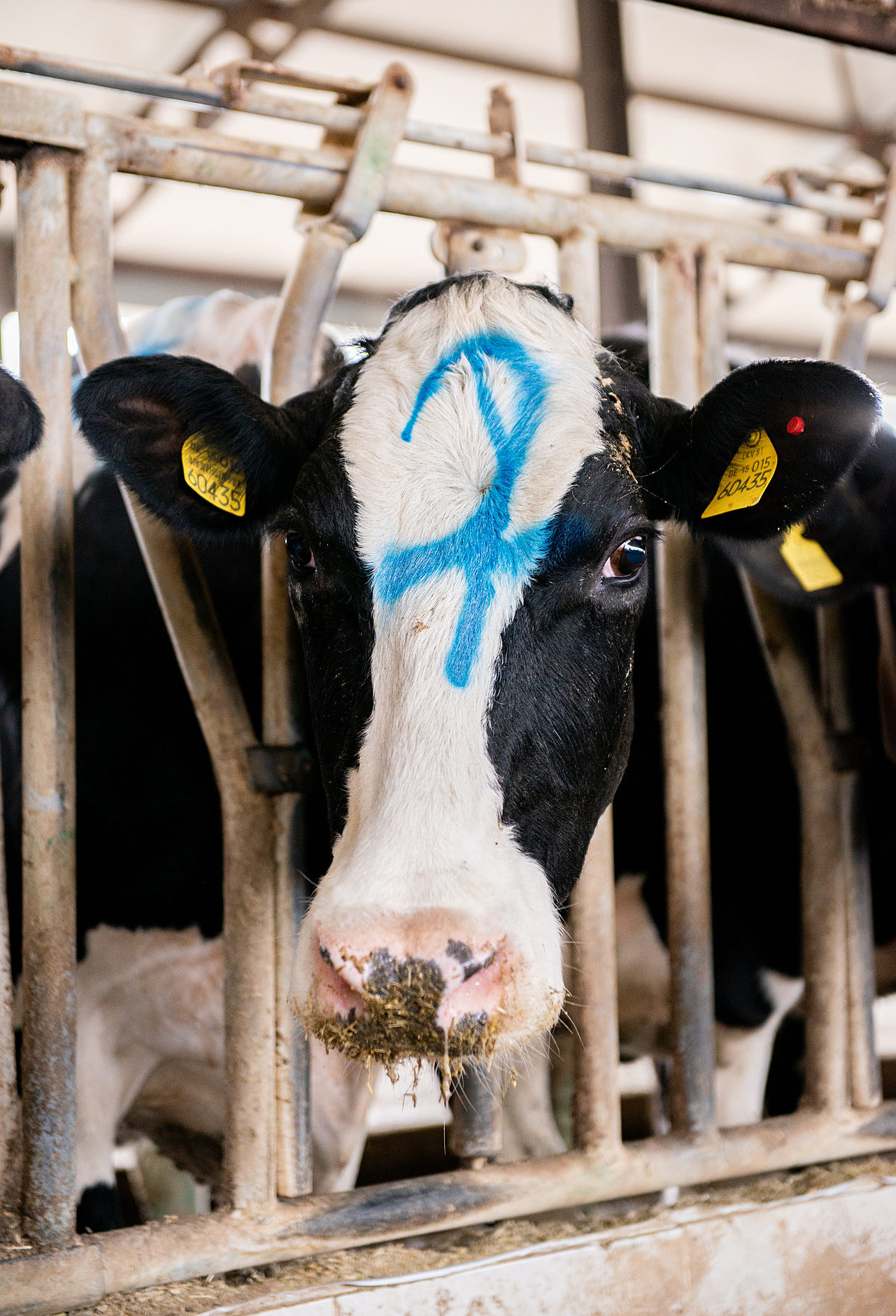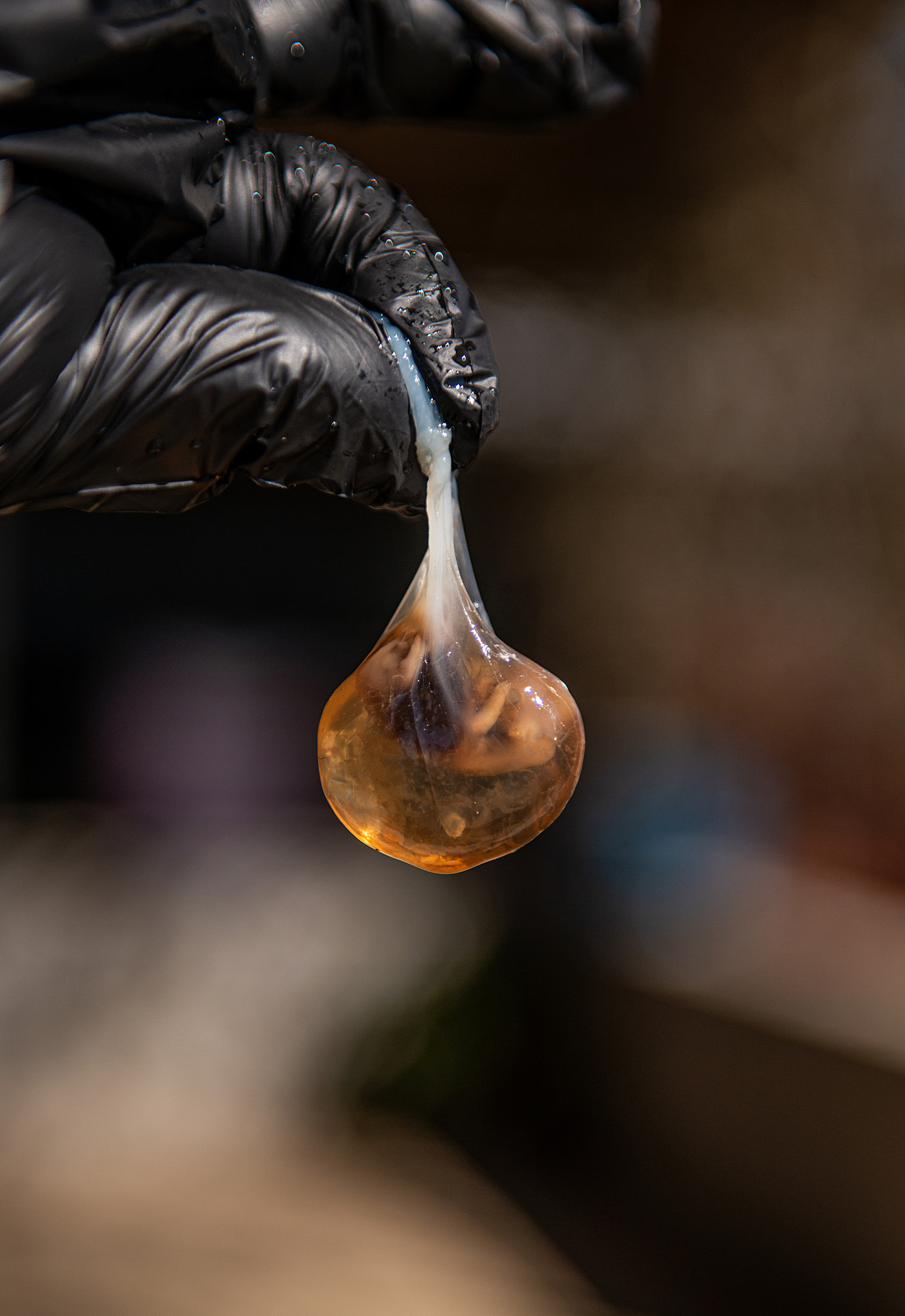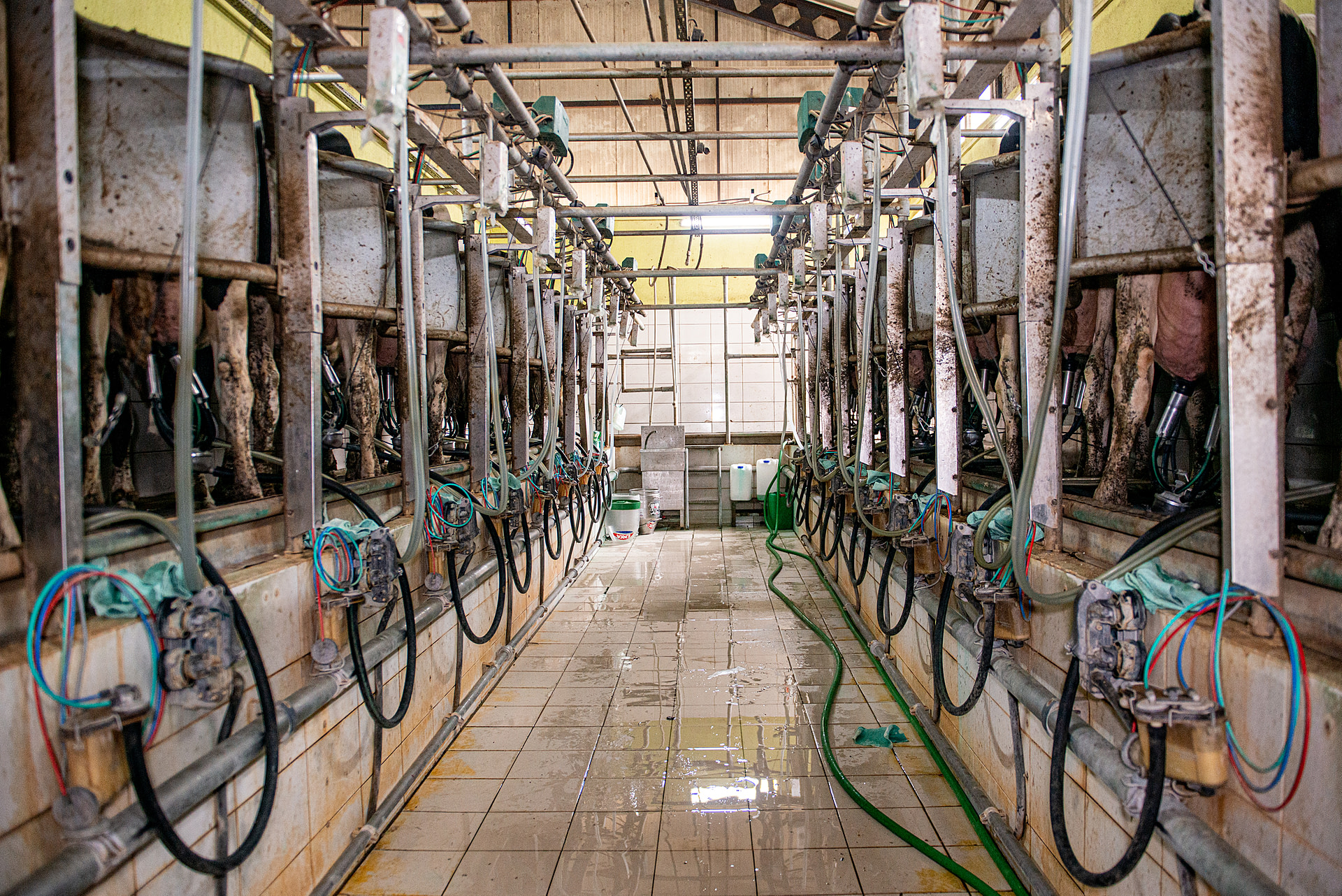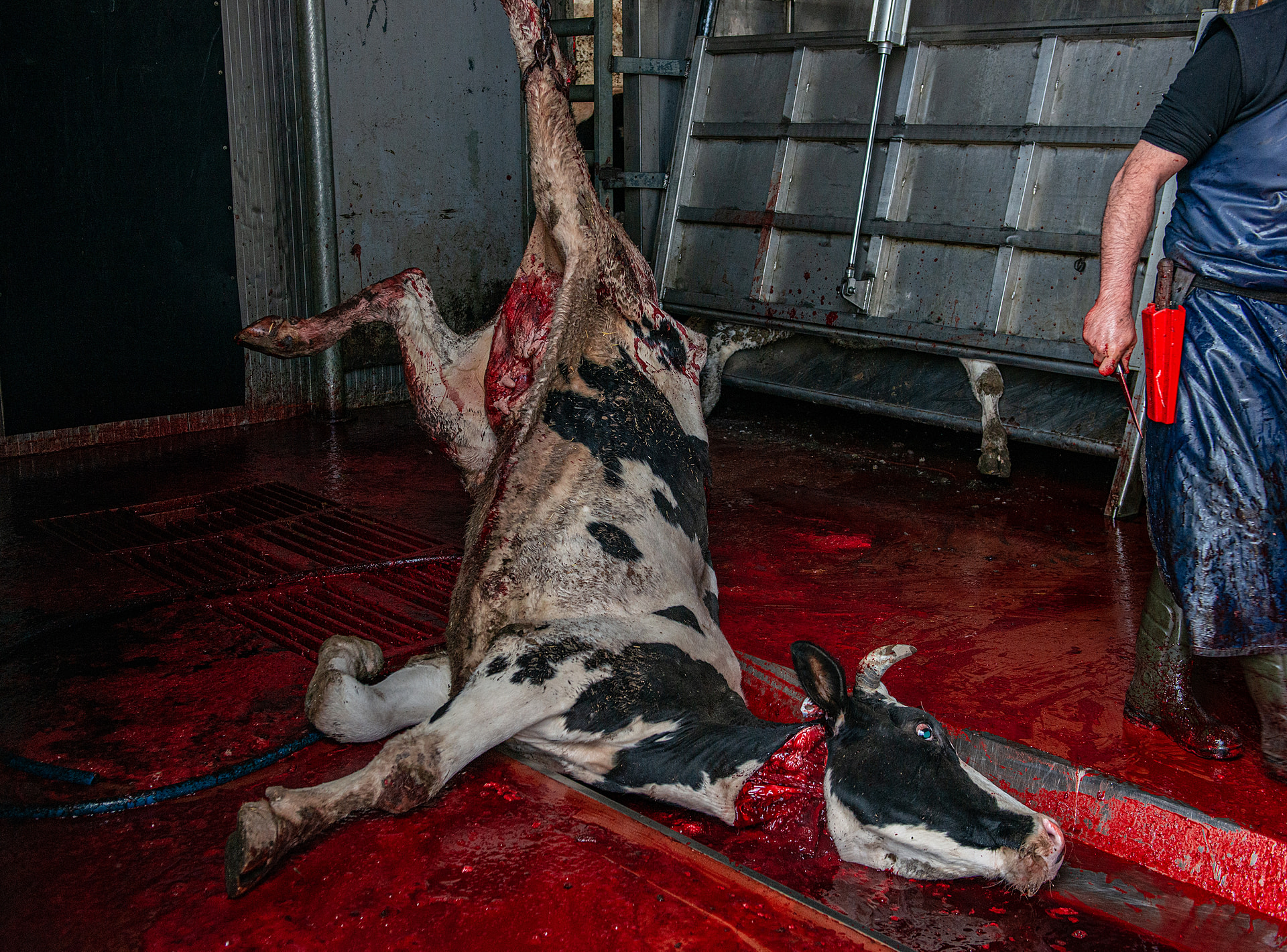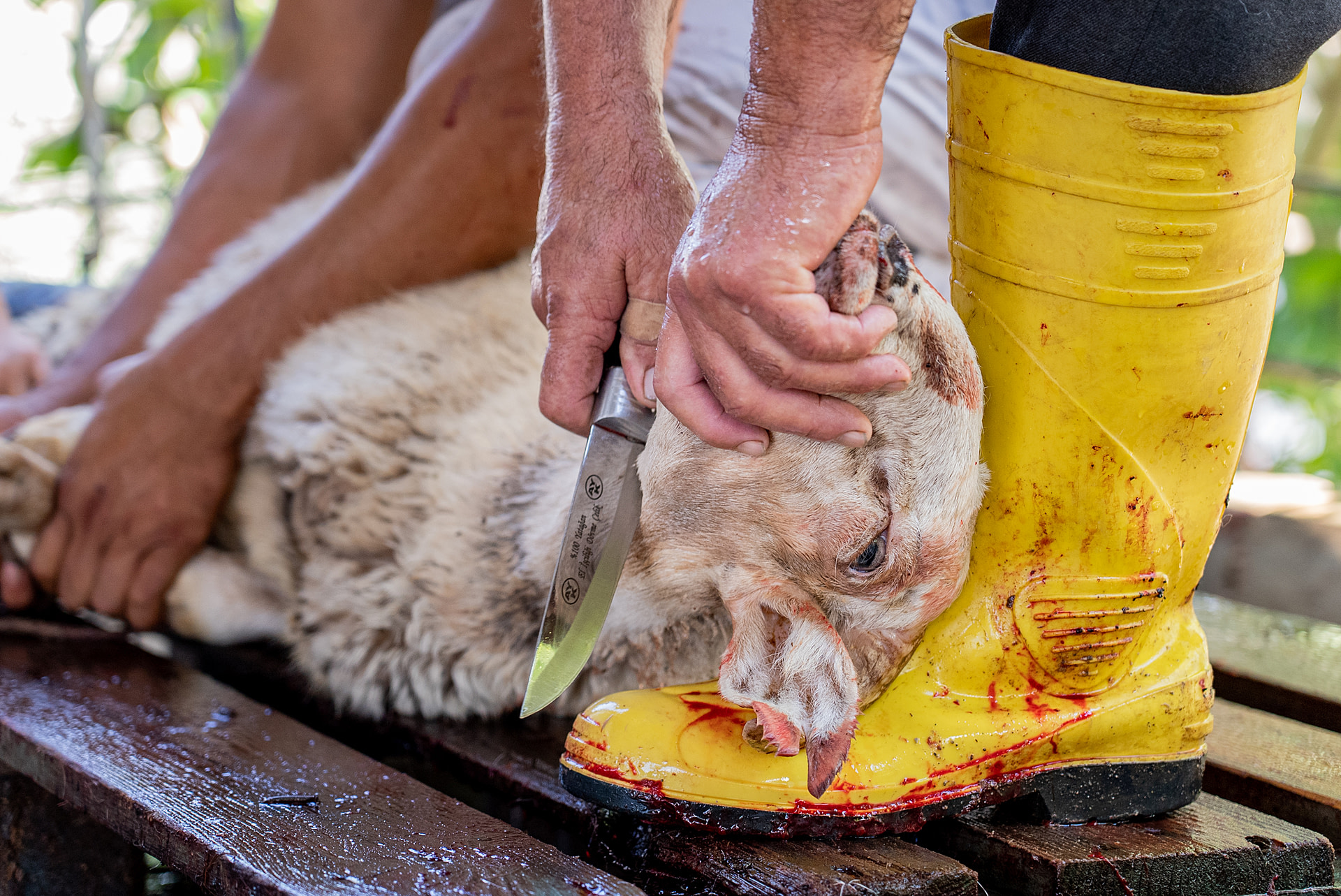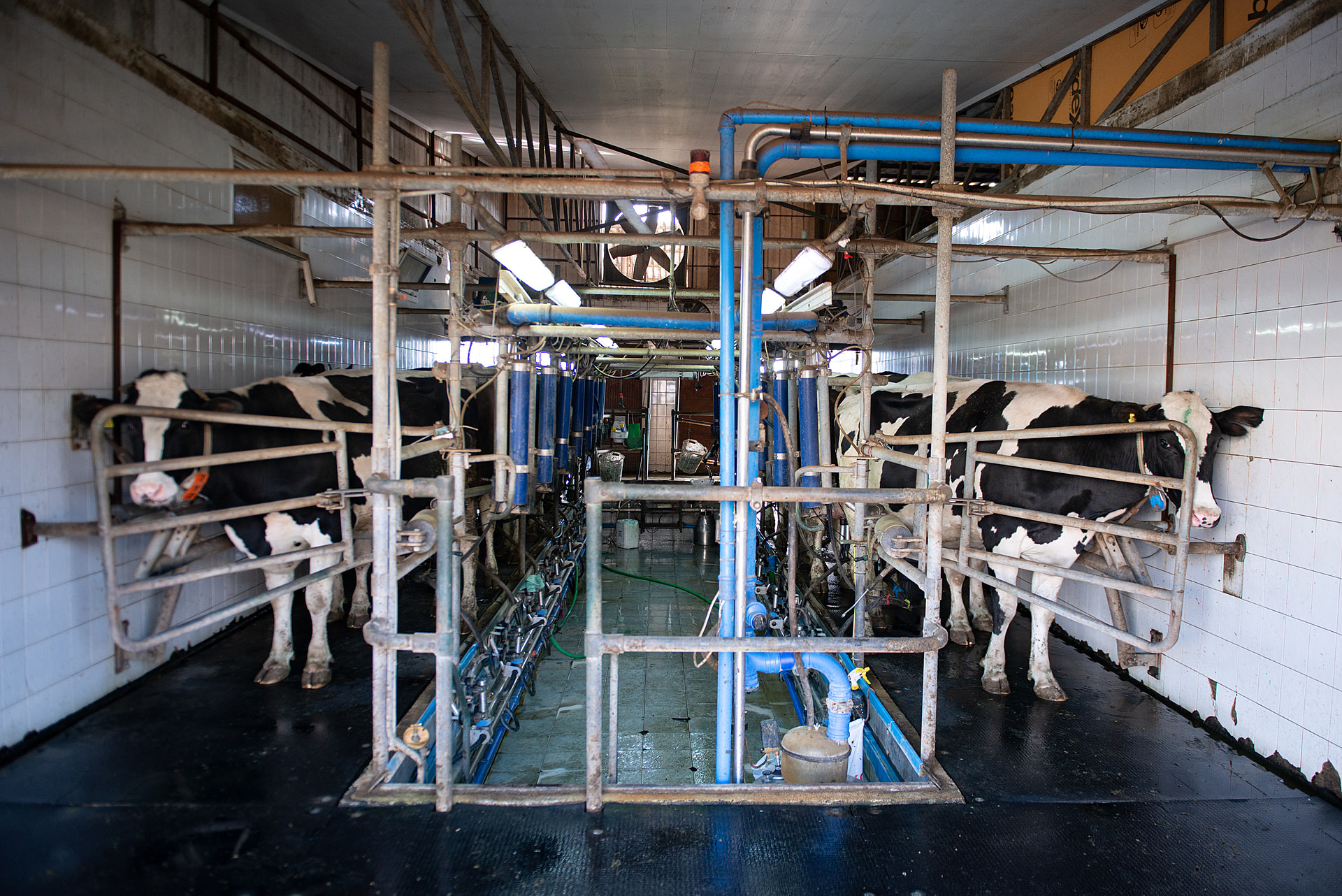We Animals Contributor, Havva Zorlu. Photo credit: Fatma Su Demirci
[Content warning: Contains confronting images and/or video footage]
We sat down with Havva to learn more about her journey towards animal photojournalism, her thought-provoking and stirring visuals, and her recent assignment with We Animals.
Written by We Animals.
All images by Havva Zorlu.
Which came first for you: animals or photography? Can you tell us a little about your path to where you are today?
I started to be interested in photography much earlier. Being a photojournalist was my childhood dream and I studied journalism in high school and photography at university. Since 2013, when I bought my first camera, I have tried to gain experience in various styles of photography. Actually, I spent my childhood together with many animals and while I was always fond of animals, I now realize that this interest of mine was not for all animals. Like many of us, I grew up with the thought that some animals should be loved and some should be used for reasons such as culture, religion and habits.
The most important thing that brought me to where I am today was to realize what milk actually is. My rejection of all animal exploitation systems started when I learned about artificial insemination, which is the most basic application of animal milk production. After two years of vegetarianism I noticed that animals are not only persecuted for their body/meat but also for their milk, eggs, skins, fur and many other purposes. Respecting all lives led me to be vegan, and being vegan led me to activism in this field.
Awareness against animal exploitation in Turkey has started to increase more rapidly in recent years. Depending on this awareness, animal photojournalism is also developing. The suffering of animals has not yet gained visibility in Turkey. As far as I know, the projects I have produced in this field are among the first examples of animal photojournalism in Turkey. In addition, Deniz Tapkan Cengiz and Savaş Onur Şen from We Animals network of contributing photojournalists have exemplary studies in this field.
The only thing I love about this job is to do something against the animal exploitation system that prevails in the world today. I know that I cannot change the lives of the animals I photograph, but I hope that by making their suffering visible, I can change the lives of other animals who may replace them in the future.
Sheep with paint marks on their bodies stand in a crowded pen at a Qurban market on the eve of Eid al-Adha. Qurban markets are established for the purpose of selling animals that will be sacrificed during the Eid al-Adha holiday. Turkey, 2022.
Havva Zorlu / We Animals
The first work I was influenced by in the field of animal photojournalism was Jan van IJken’s “Precious Animals” series. I was very impressed by IJken’s photo of a chick about to fall off the production line in an egg factory. I am also very inspired by Jo-Anne McArthur’s identity as both a photographer and an activist. McArthur’s work and the projects she pioneered give me the strength to continue working in this field.
This photo which I took in a slaughterhouse leaves me feeling more intense every time I look at it. A blood-covered floor, the feet of a cow who is about to be slaughtered soon, trapped in a metal trap and drops of milk dripping from the cow’s udders… “Why don’t you consume milk?” I don’t have any better answer for this question than this photo. I think it explains the background of milk production. In dairy farms, if cows are injured or their milk yield decreases, they are sent to the slaughterhouse. The cow in this photograph was brought to the slaughterhouse for the same reasons. According to me this photo shows many rights violations together, how we only see the cow’s feet represents all animals being exploited.
Milk flows from the udder of a dairy cow immobilized inside a squeeze box at a slaughterhouse in Izmir. The box makes it easier for workers to attach the chain that will pull her from the box and suspend her upside-down from the ceiling. A worker will then cut her throat. Turkey, 2022.
Havva Zorlu / We Animals
I created this project in two different dairy farms with an average capacity of 500 to 1000 in Izmir, Turkey. In this process, I witnessed the milk production process closely and learned a lot. I have seen and documented many practices from artificial insemination to milking.
There are crying, injured and sick cows on dairy farms. There are calves that try to feed with pacifiers instead of their mothers, sucking the drops of milk left in each other’s mouths. These animals suffer indescribably at every stage, from birth to being sent to the slaughterhouse. Although I know the reasons, I was quite surprised that the people working in such production areas did not see the suffering of these animals. What I saw even on these relatively small farms that I had access to on my own made me even more angry at this system of exploitation.
I presented these photographs at an exhibition at my school. Most of the visitors were facing this for the first time. The audience was mostly surprised and upset. There were also those who looked at the pictures and cried. Also, a visitor to the exhibition said that when he looked at the photos, he couldn’t see “milk”. This turn is an indication that, in some minds, the relationship between milk and how milk is produced has disappeared. In this way, I once again understood the necessity of producing projects that will make the lives of animals visible. I had long conversations with the visitors about the photographs I took and the use of animals. These interactions were very nurturing for me.
A dairy cow with a blue number “7” painted on the front of her face makes eye contact at a dairy farm. Turkey, 2022.
Havva Zorlu / We Animals
The focus of animal photojournalism is often issues that people reject and can’t stand to see. No one can easily look at a photograph of a suffering animal about to be killed. In fact, I think that as the seriousness of the event increases, people move away from the subject. I need to find an effective way to get people to look at these photos and connect with them. I try to focus on how animals feel and show this to the audience. Not only do I document the event, but I try to reflect my own point of view and add creativity as much as possible for strong photographs, both technically and in content.
As someone born and raised in Turkey, Eid-al-Adha was a tradition that I witnessed every year and believed to be “normal” when I was little. I have witnessed many times that animals are slaughtered even in our own garden. Being in the field during Eid al-Adha pushed me more than I expected. During this mission, I witnessed the slaughter of dozens of animals crying, screaming, and trying to escape, at very close range. Everything was happening so fast that I remember running from there to here not to miss anything.
Communicating correctly with people in order to take pictures in the field was one of the most important parts of this job. I had to chat with many animal vendors and slaughterhouse attendants. There were people who wanted me to take their photos by posing with animals or while slaughtering them and gave me their phone number for sending them later. While I was witnessing animals being slaughtered, I had to overcome the pain and the stress that I experienced in that moment. Being in the field with the support of We Animals was very effective in managing that period well. I am particularly grateful to dear Victoria de Martigny for all her support throughout the process.
Now, as I think about those days and look at the images, I feel more intensely what I went through. But what I feel is nothing compared to what animals go through. I’m happy and proud to try to do my best for them.
Havva Zorlu / We Animals
Havva Zorlu / We Animals
Havva Zorlu / We Animals
Being vegan. Food, experimentation, fashion, entertainment etc. As I saw what the animals whose lives were restricted and terminated for various reasons went through, I realized the necessity of conveying them to more people. Basically, I don’t want to remain silent in the face of injustice. That’s why I try to explain with photography, which is the tool I can express myself best through.
The process brings with it many experiences, enabling everyone to find the method that suits them. The only advice I can give to those who want to work in this field may be to take action. We have to start somewhere and do our best to make visible what animals are going through.
In the yard of an animal breeder in Turkiye during Eid al-Adha, a man cuts the exposed throat of a fully conscious sheep. Sheep and other animals are being killed here as a ritual animal sacrifice, or “Qurban,” so their owners may observe the Islamic Eid al-Adha holiday traditions. Turkey, 2022.
Havva Zorlu / We Animals
I want to do a project about persecuted bees for honey production. Bees are one of the animals that we know the least about, and one of the most ignored animals. Right now, I’ve started doing research on what region and the season would be better to take pictures in. I plan to do it in the first half of next year.
I want to document the story of both the dog trying to survive on the street and the rabbit being persecuted in experimental laboratories. Animal exploitation is happening everywhere, all the time. That’s why I feel compelled to document the suffering of all animals.
Most of the work I’ve done in this area so far can be seen on the We Animals stock platform. Apart from that, I share with the username @havvazorlu on Instagram.
Written by We Animals.
All images by Havva Zorlu.


